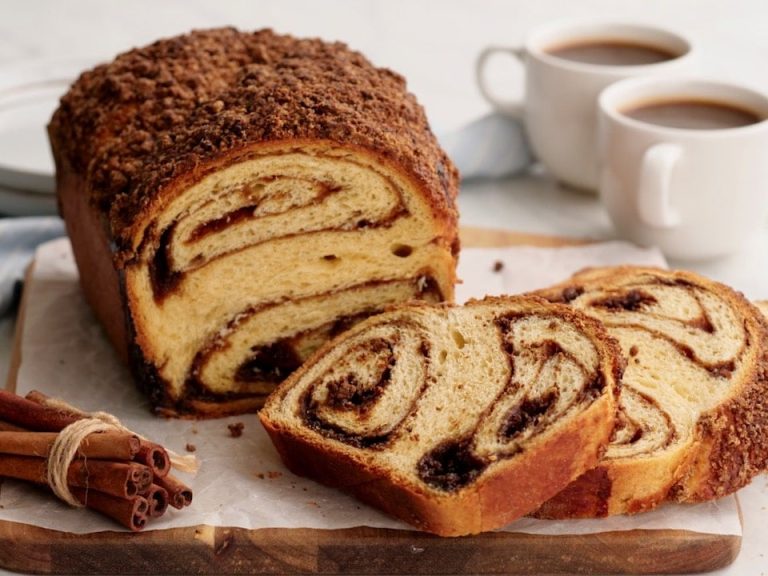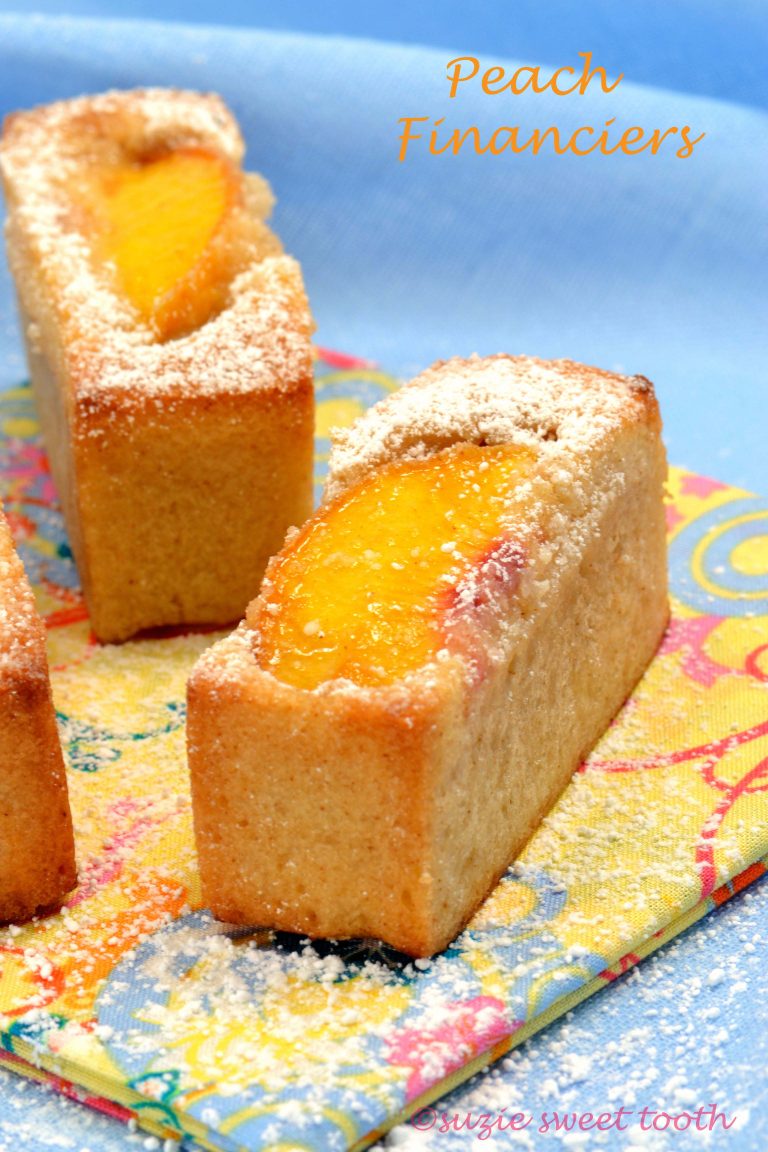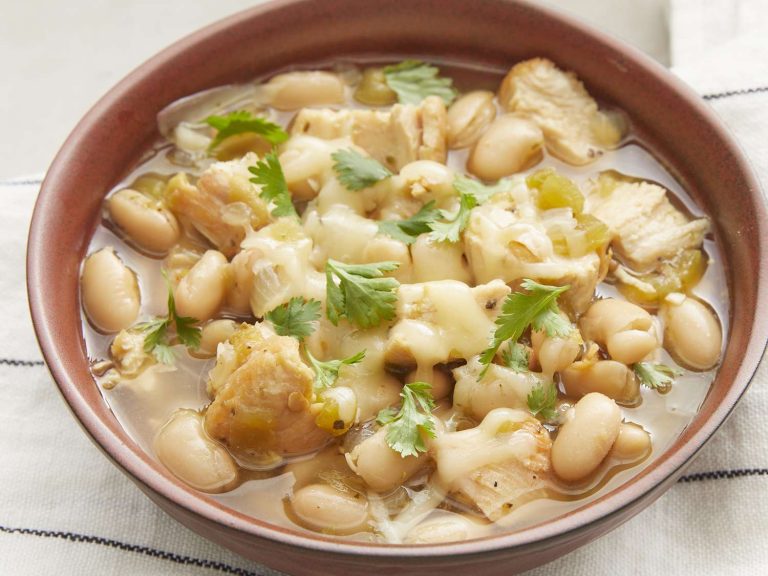Hearty Multigrain Bread: Homemade vs. Store-Bought
Hearty multigrain bread offers a robust nutritional profile. Each loaf combines several grains, contributing diverse nutrients essential for a balanced diet. Typically, you find whole grains like oats, barley, flaxseeds, and quinoa. These grains provide a good source of dietary fiber, which aids digestion and promotes fullness. For instance, oats contain beta-glucan, which can lower cholesterol levels, while flaxseeds provide omega-3 fatty acids, beneficial for heart health.
Vitamin content varies based on the grains used. Whole grains generally supply B-vitamins, which support energy metabolism and brain function. Minerals like magnesium, selenium, and iron are also prevalent, helping bolster bone health, immune function, and oxygen transport, respectively. Multigrain bread also maintains a low glycemic index, making it ideal for managing blood sugar levels.
Common Varieties
Several common varieties of hearty multigrain bread cater to different tastes and nutritional needs. Often, they blend five to seven grains, though some bakeries may use more. Popular options include:
- Oat Multigrain Bread – Known for its softness and mild flavor, incorporating oats, barley, and whole wheat.
- Seeded Multigrain Bread – Features an assortment of seeds like sunflower, flax, and chia, which add crunch and boost protein content.
- Ancient Grains Bread – Uses heritage grains such as spelt, amaranth, and quinoa, offering unique flavors and additional nutrients.
- Rye Multigrain Bread – Combines rye with other grains, lending a dense texture and slightly tangy taste.
Each variety not only presents a unique taste but also different health benefits, catering to various dietary preferences and nutritional requirements.
The Health Benefits of Hearty Multigrain Bread
Dietary Fibers and Digestive Health
Dietary fibers in hearty multigrain bread promote digestive health. Soluble fibers from oats and barley help regulate bowel movements and prevent constipation. Insoluble fibers from whole wheat and flaxseeds add bulk to stool and speed up waste passage. These actions reduce the risk of gastrointestinal disorders like diverticulitis.
Consumption of high-fiber foods like multigrain bread also promotes a healthy gut microbiome. Beneficial bacteria thrive on fibers, producing short-chain fatty acids that support colon health. Thus, incorporating multigrain bread into your diet can enhance overall digestive wellness.
Essential Nutrients and Their Roles
Essential nutrients in hearty multigrain bread play diverse roles in your body’s functioning. B-vitamins like B1 (thiamine) and B3 (niacin) from grains assist in energy production and nerve function. Magnesium and iron from seeds and grains support muscle and nerve functions, and oxygen transport, respectively.
Omega-3 fatty acids from flaxseeds and chia seeds in multigrain bread contribute to heart health by reducing inflammation and lowering blood pressure. Minerals like zinc boost immune response, while antioxidants from various grains protect against cellular damage.
By consuming hearty multigrain bread, you ensure a supply of critical nutrients that promote various physiological functions, leading to a healthier, balanced diet.
Baking Your Own Hearty Multigrain Bread
Ingredients Needed
Hearty multigrain bread requires a combination of various grains and seeds to provide both nutrition and texture. You’ll need:
- Whole Wheat Flour: 2 cups
- Bread Flour: 1 cup
- Oats: ½ cup
- Barley Flour: ¼ cup
- Flaxseeds: 2 tablespoons
- Quinoa: 2 tablespoons, cooked
- Active Dry Yeast: 1 packet (2 ¼ teaspoons)
- Warm Water: 1 cup, about 110°F
- Honey: 2 tablespoons
- Olive Oil: 2 tablespoons
- Salt: 1 ½ teaspoons
Step-by-Step Baking Process
Begin the baking process by activating the yeast. Dissolve the active dry yeast in warm water, and let it sit for 5-10 minutes until it becomes frothy.
Combine the dry ingredients in a large mixing bowl. Mix whole wheat flour, bread flour, oats, barley flour, flaxseeds, and salt until well blended.
Add the wet ingredients to the dry mixture. Pour in the activated yeast, honey, olive oil, and cooked quinoa, then mix until a dough forms.
Knead the dough on a floured surface. Work the dough for about 10 minutes until it becomes smooth and elastic.
Allow the dough to rise. Place the dough in a greased bowl, cover it with a damp towel, and let it rise in a warm place for about 1 hour or until doubled in size.
Shape the dough into a loaf. Punch down the risen dough to remove air bubbles, then form it into a loaf shape.
Perform a second rise. Place the dough in a greased loaf pan, cover it again, and let it rise for another 30-40 minutes.
Preheat the oven. Set your oven to 375°F to ensure it’s ready once the dough has finished rising.
Bake the bread. Place the loaf pan in the preheated oven and bake for 30-35 minutes or until the bread sounds hollow when tapped.
Cool before slicing. Remove the bread from the oven and let it cool on a wire rack for at least 15 minutes before slicing.
These steps will guide you to create a nutritious and delicious hearty multigrain bread at home, combining the flavors and health benefits of various grains.
Store-Bought Versus Homemade
Comparing Taste and Nutritional Values
Store-bought multigrain bread often contains preservatives and additives to extend its shelf life. These ingredients can affect the bread’s taste and nutritional value. When you bake multigrain bread at home, you control the ingredients, ensuring a fresher and more natural product. Homemade bread generally has a richer flavor due to the absence of artificial additives.
Nutritional values also vary. Store-bought options may have added sugars and lower fiber content. For instance, some commercial breads contain around 2 grams of fiber per slice, while homemade versions can provide up to 4 grams per slice. Home baking allows you to choose a higher quality and variety of grains, boosting the bread’s nutritional profile.
Shelf Life and Storage Tips
Store-bought multigrain bread typically has a longer shelf life due to preservatives. On average, it remains fresh for up to 7-10 days when stored properly. Homemade bread, lacking preservatives, usually lasts 3-5 days. To extend freshness, store homemade bread in a cool, dry place, preferably in an airtight container or bread box.
Freezing is also an option. To preserve the texture and taste, slice the bread before freezing. Store slices in a resealable plastic bag, and use them within three months for the best quality. If you need bread promptly, thaw slices at room temperature or toast directly from the freezer.
Conclusion
Hearty multigrain bread is more than just a tasty option; it’s a nutritional powerhouse that supports your overall well-being. Whether you choose to buy it from the store or bake it at home, you’re making a health-conscious choice that benefits your digestive system and provides essential nutrients. Homemade versions may require a bit more effort but offer unparalleled freshness and flavor. Proper storage can extend the life of your bread, ensuring you always have a wholesome slice ready to enjoy. So next time you’re looking for a nutritious addition to your meals, consider hearty multigrain bread as a delicious and beneficial option.






